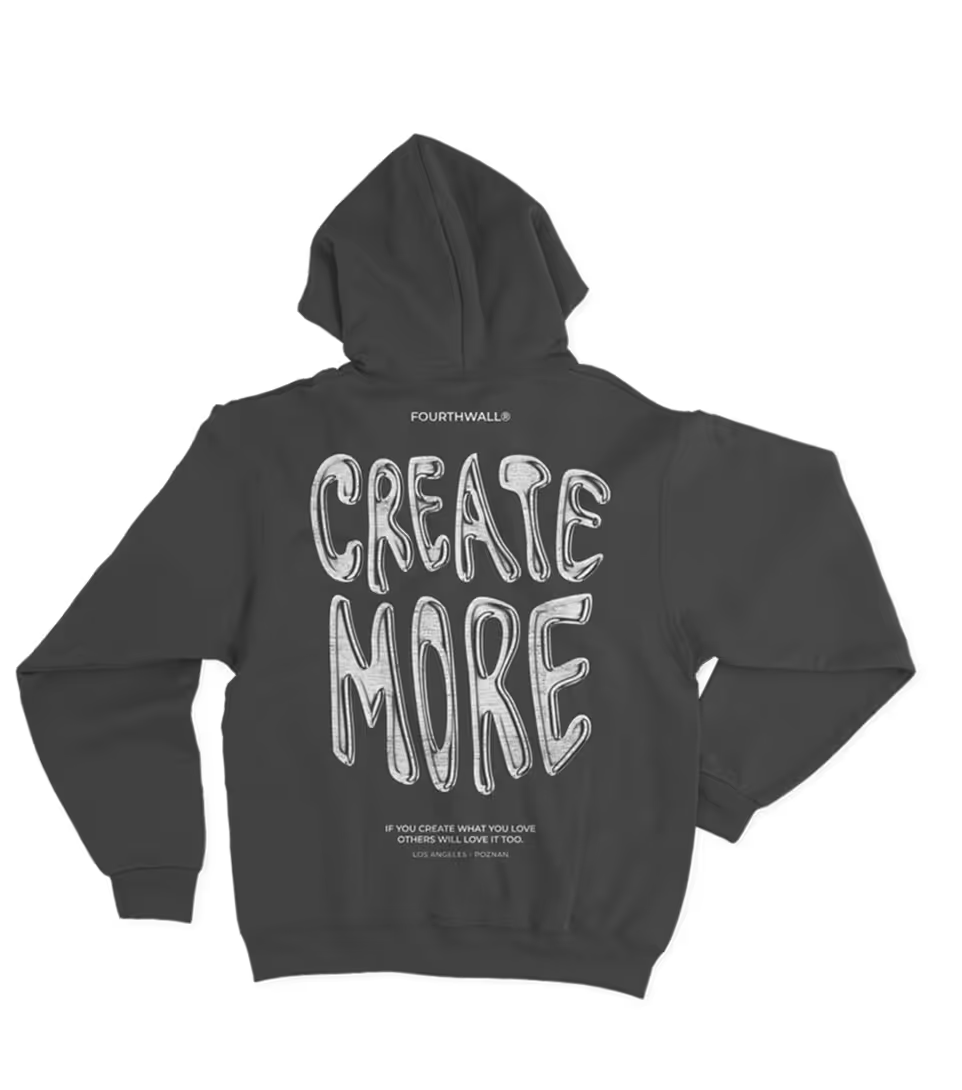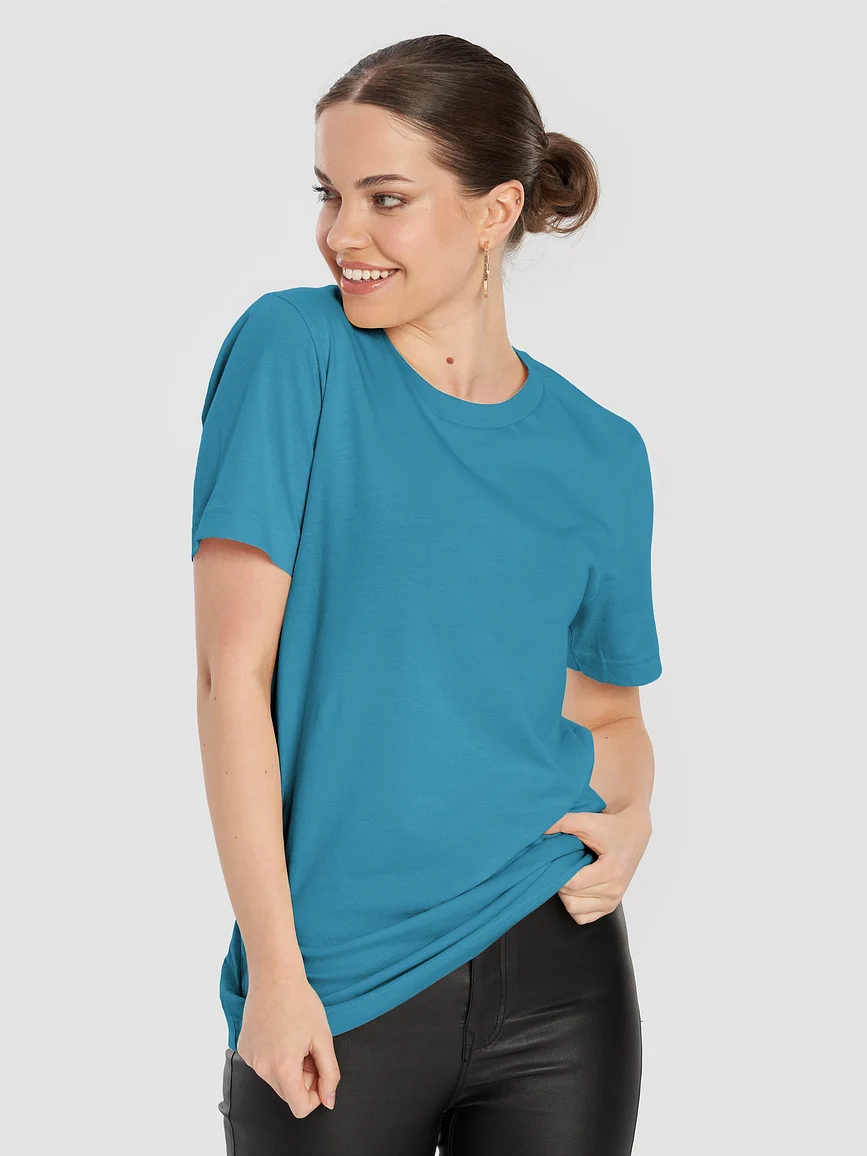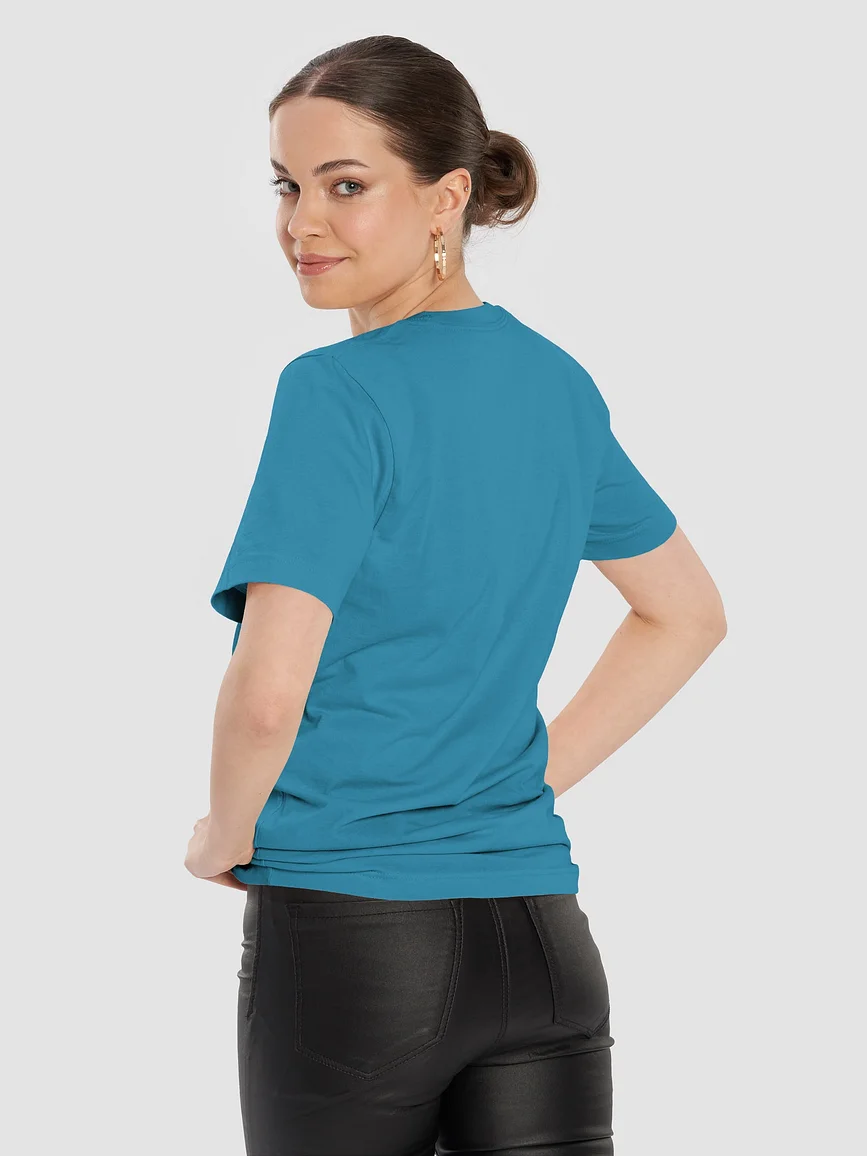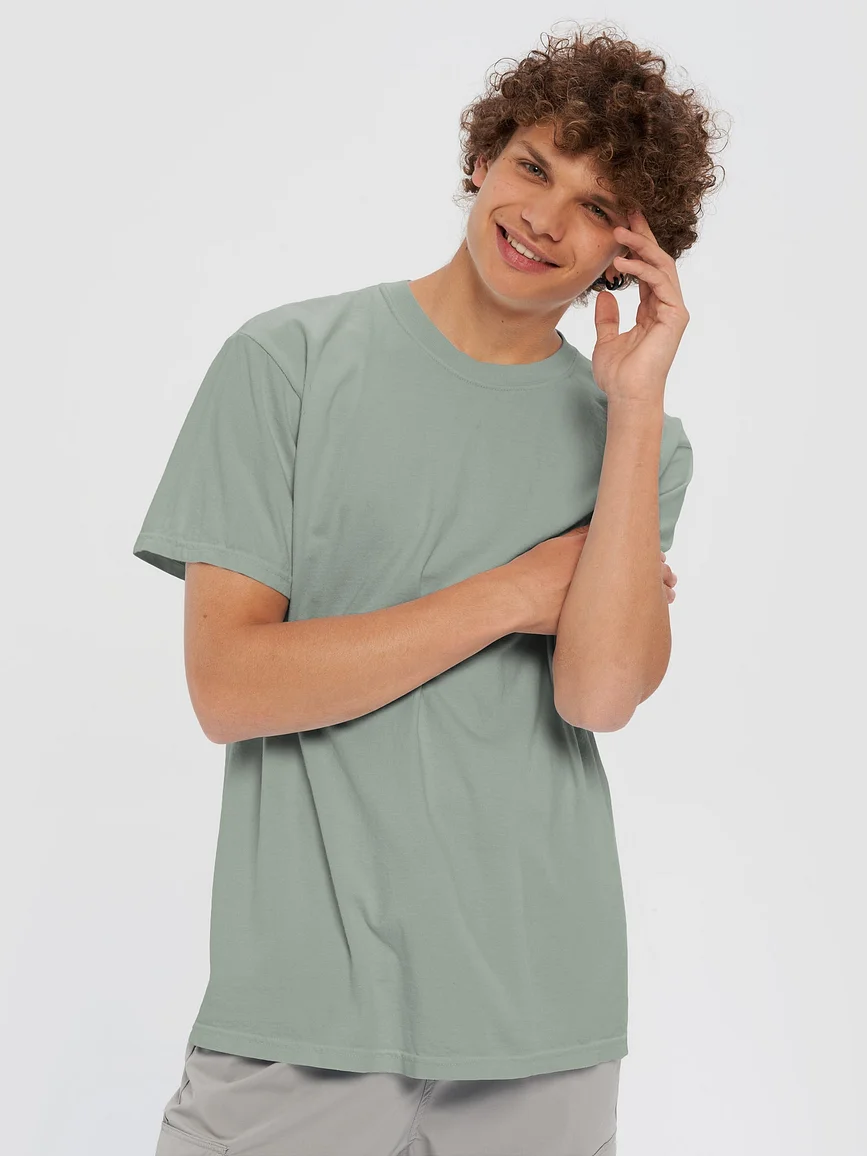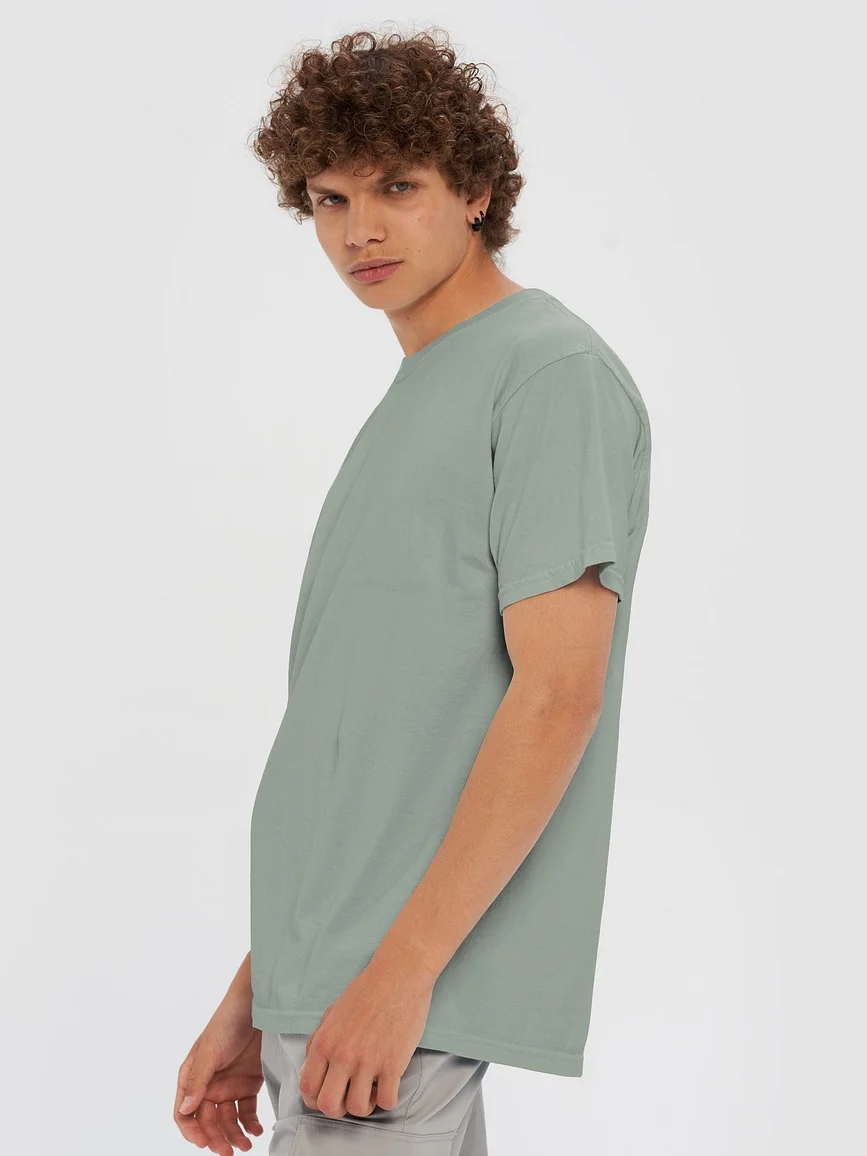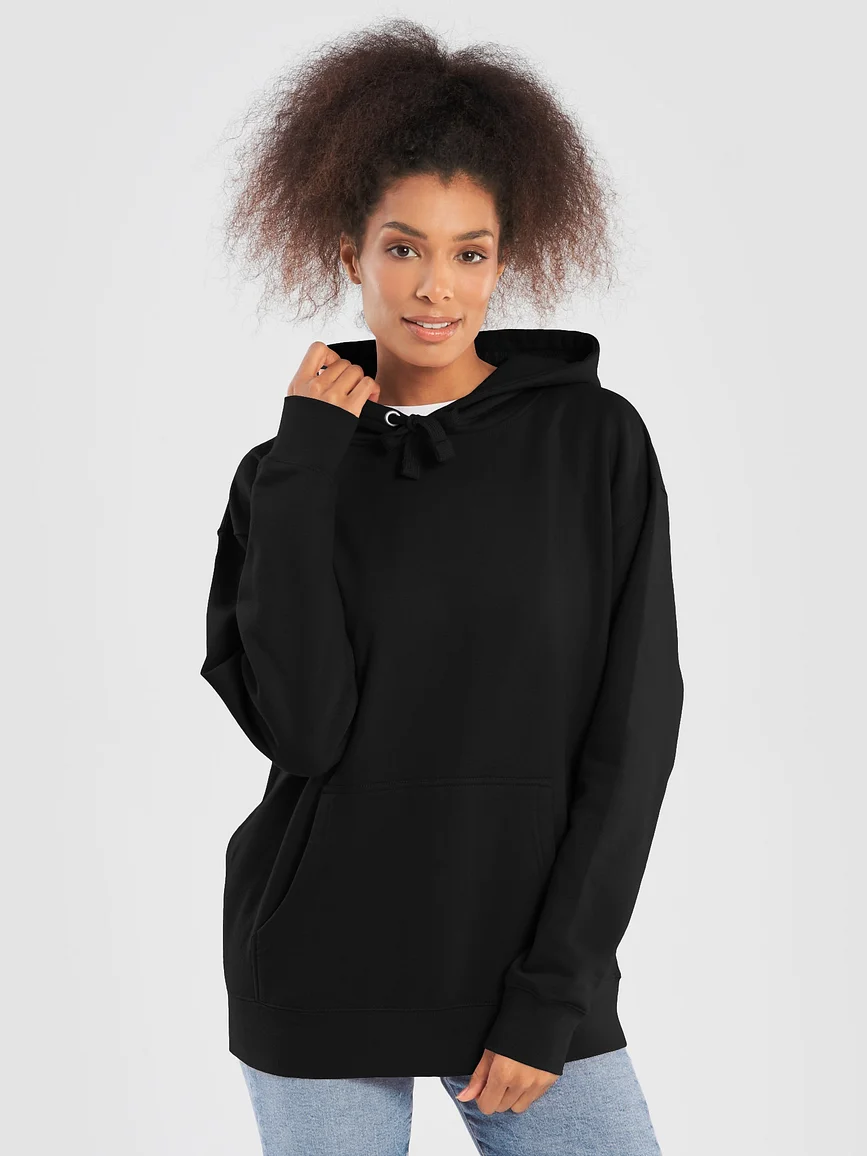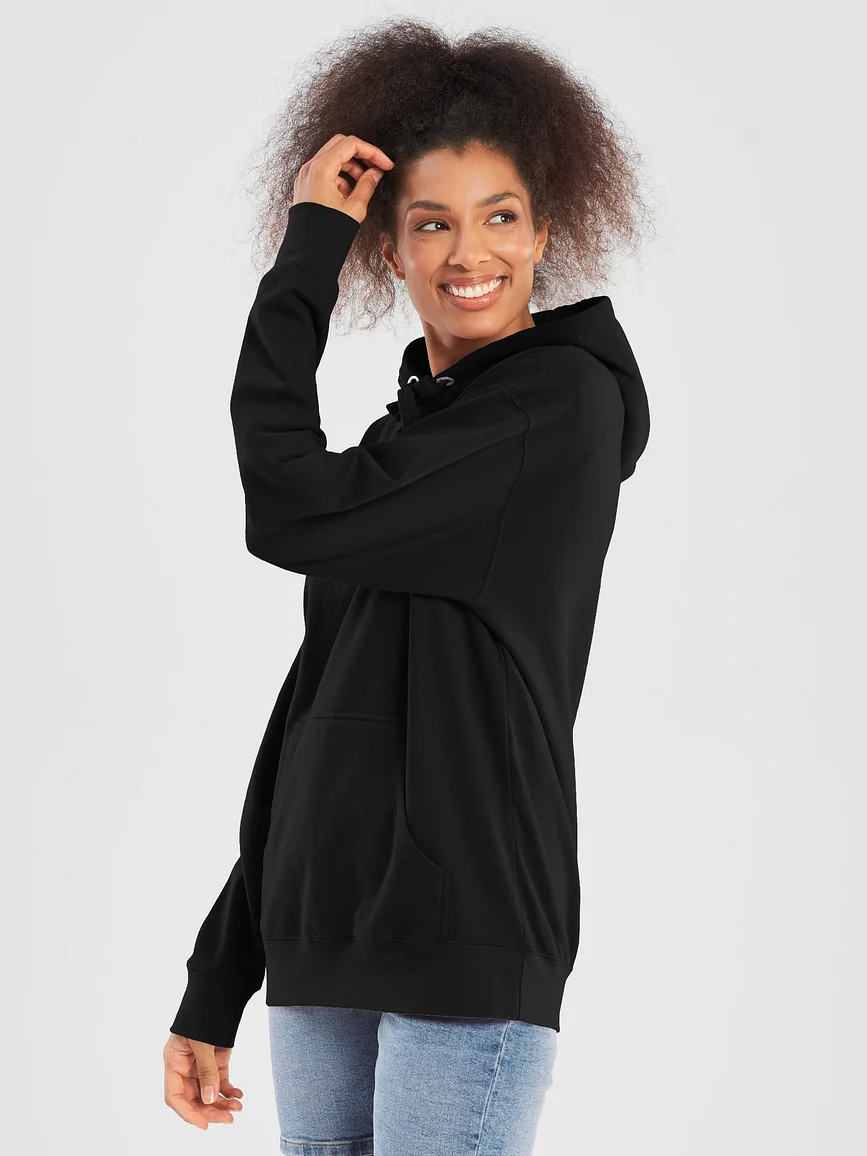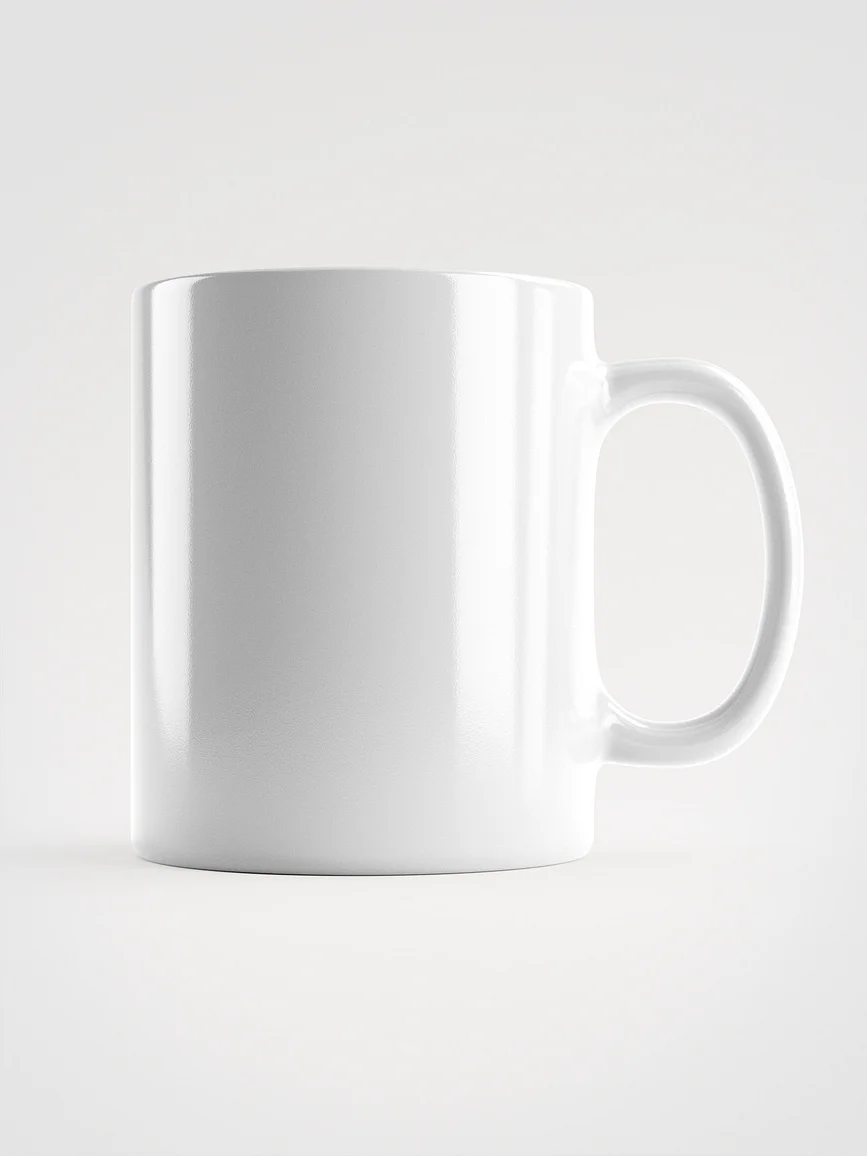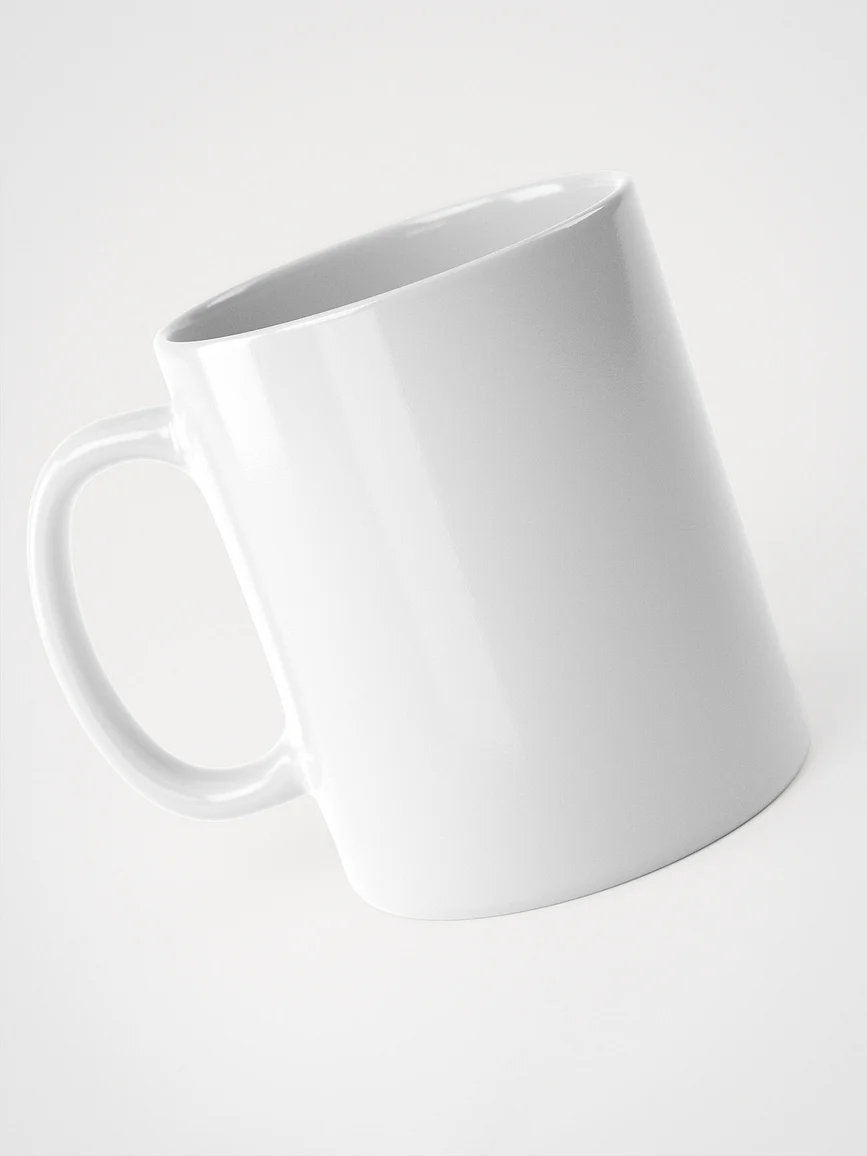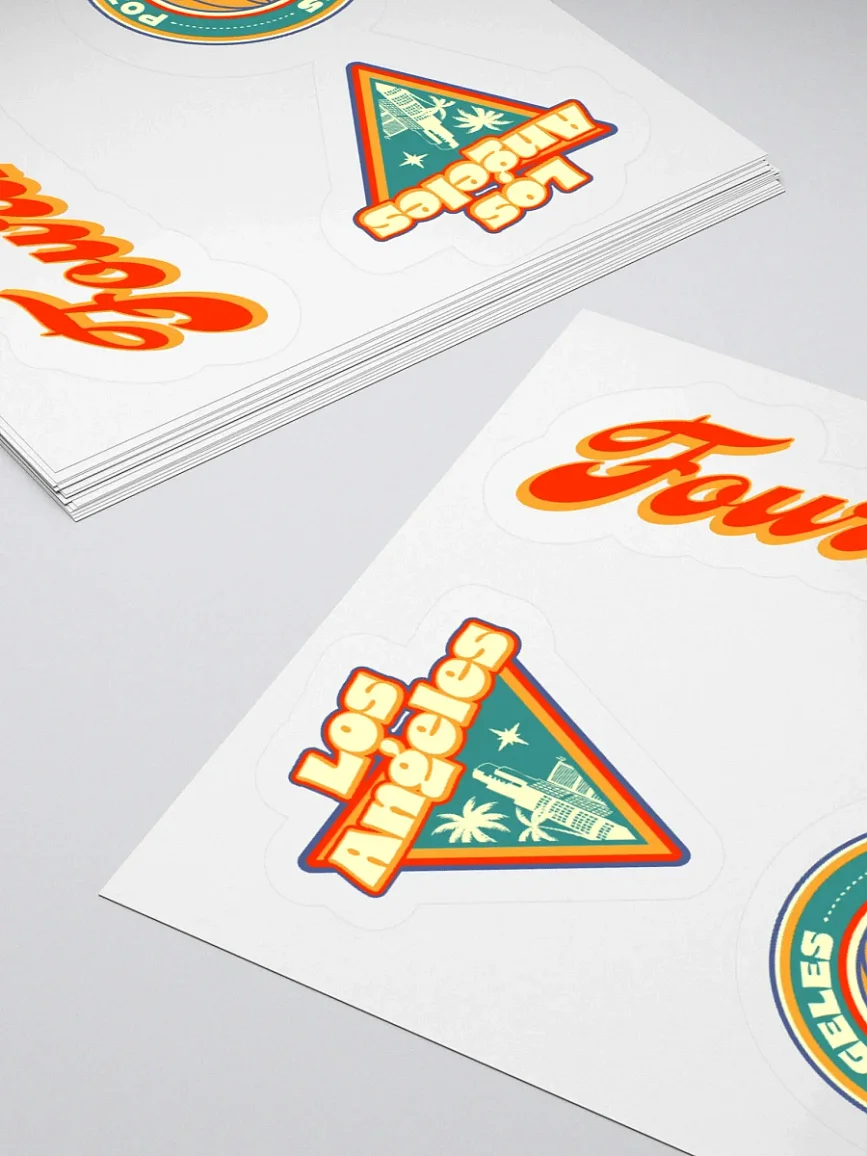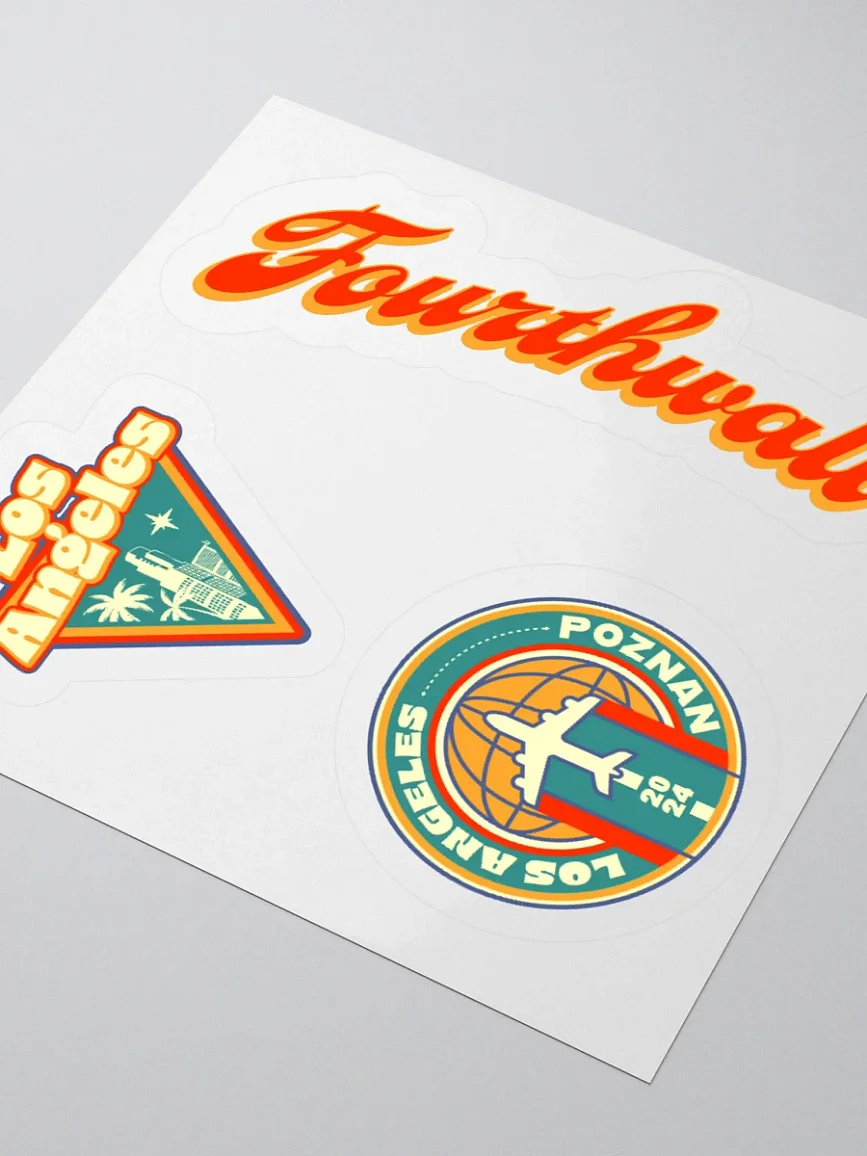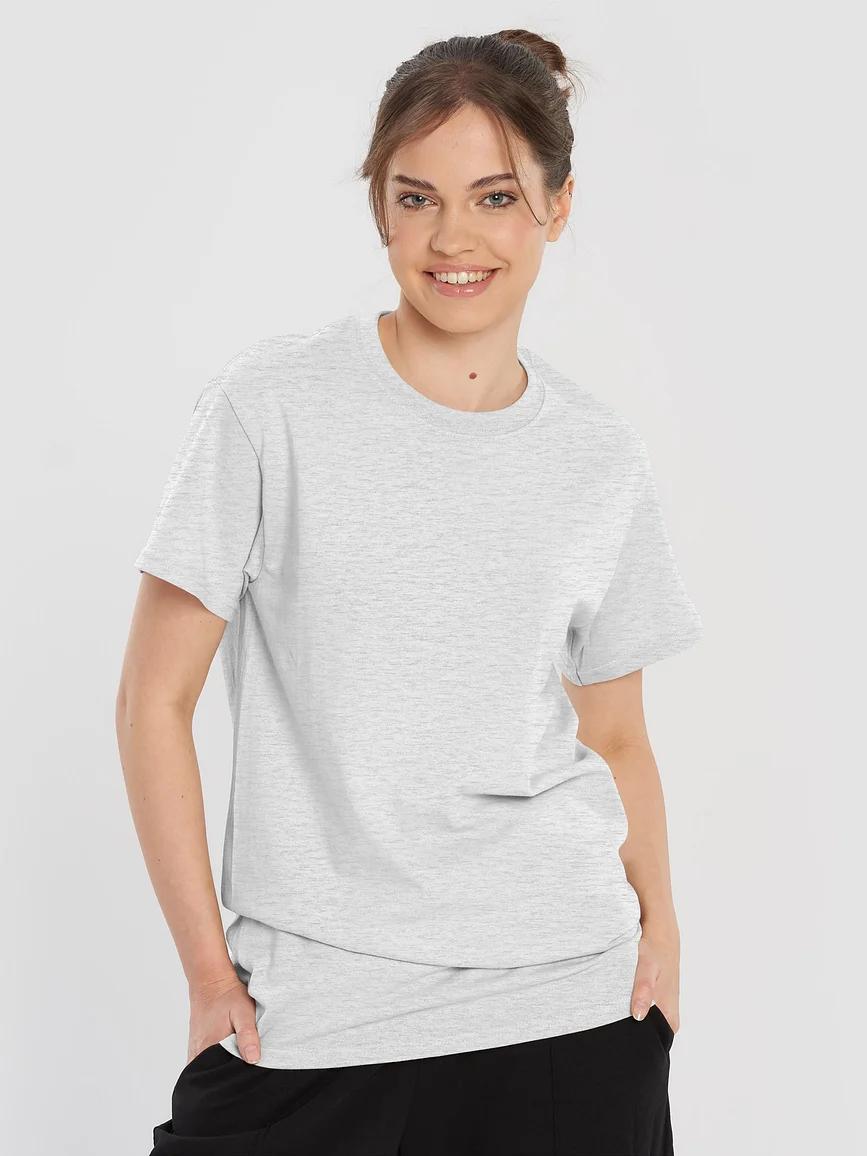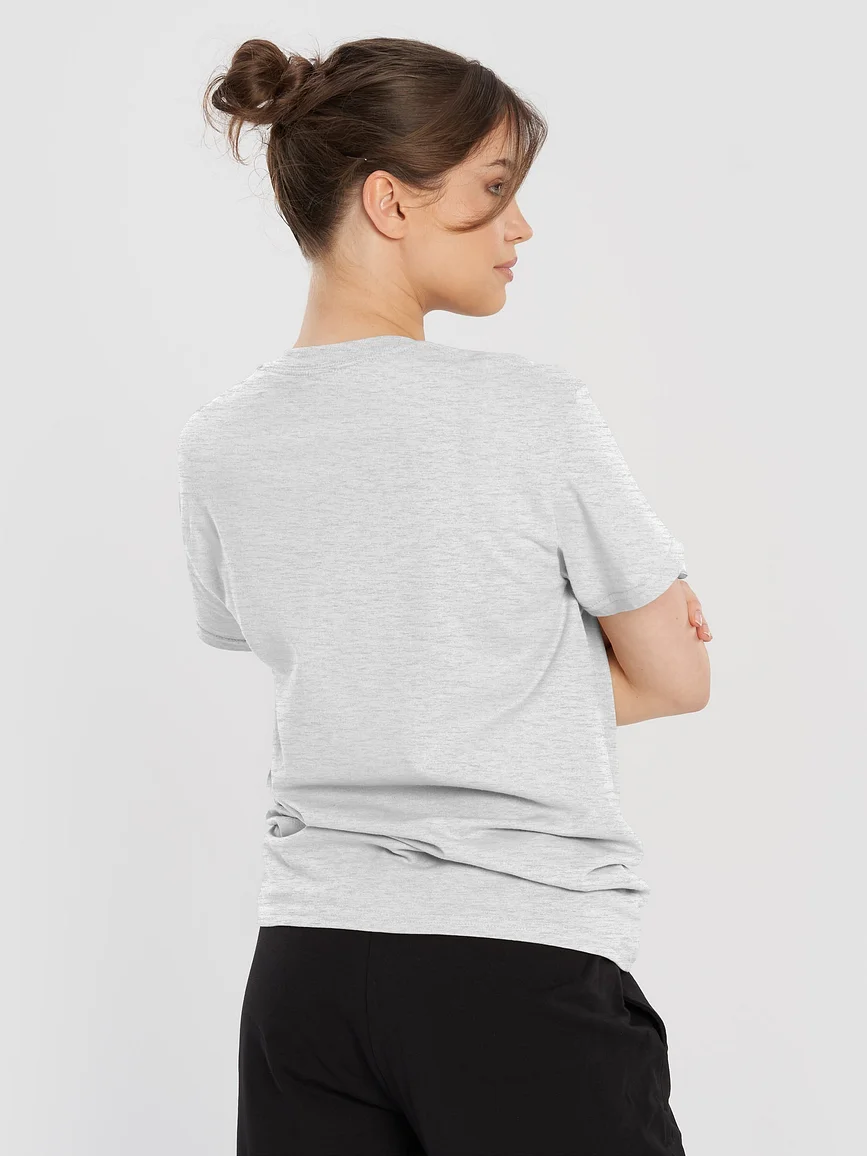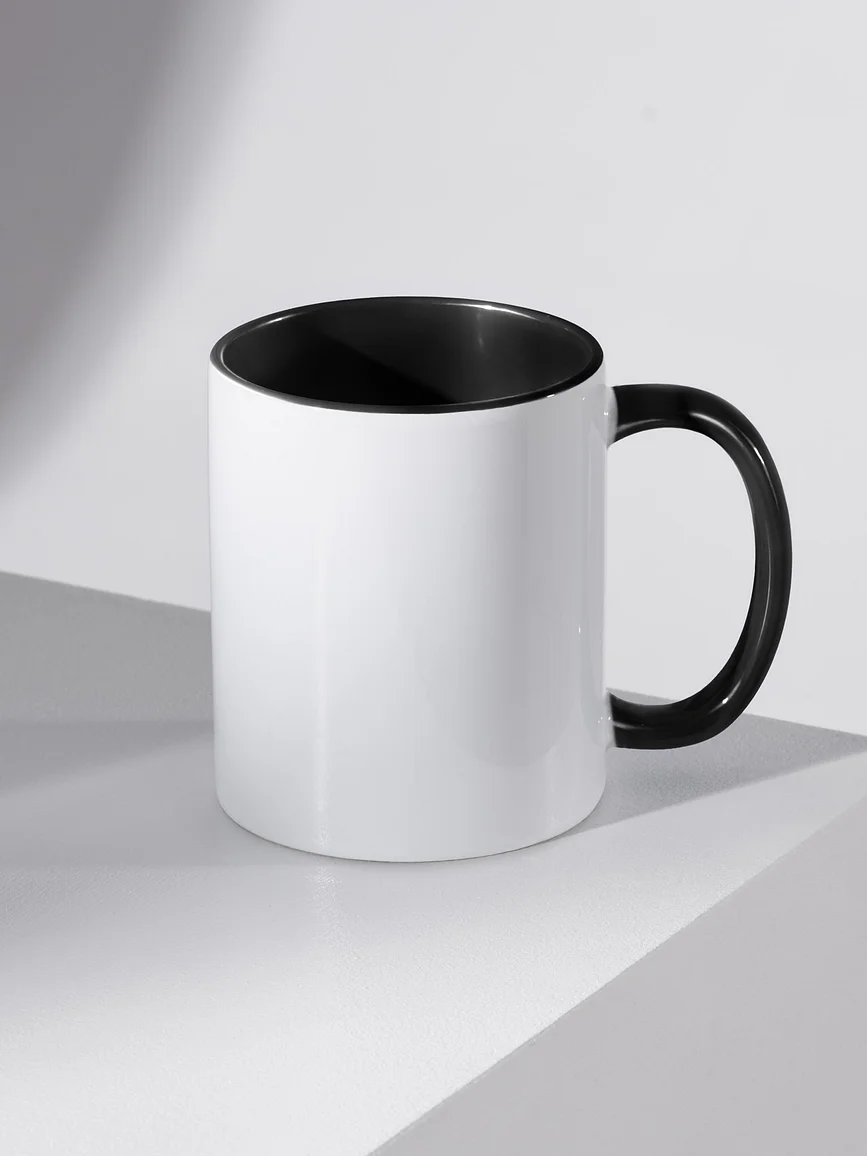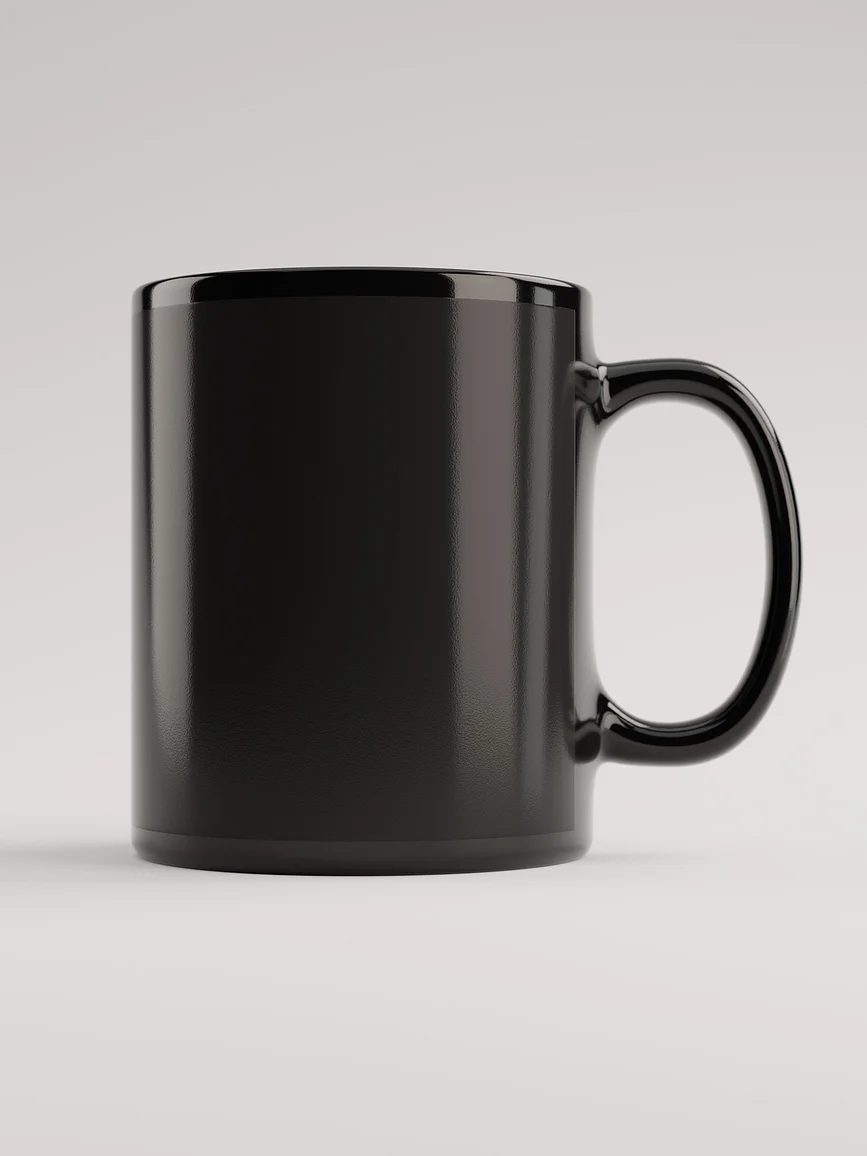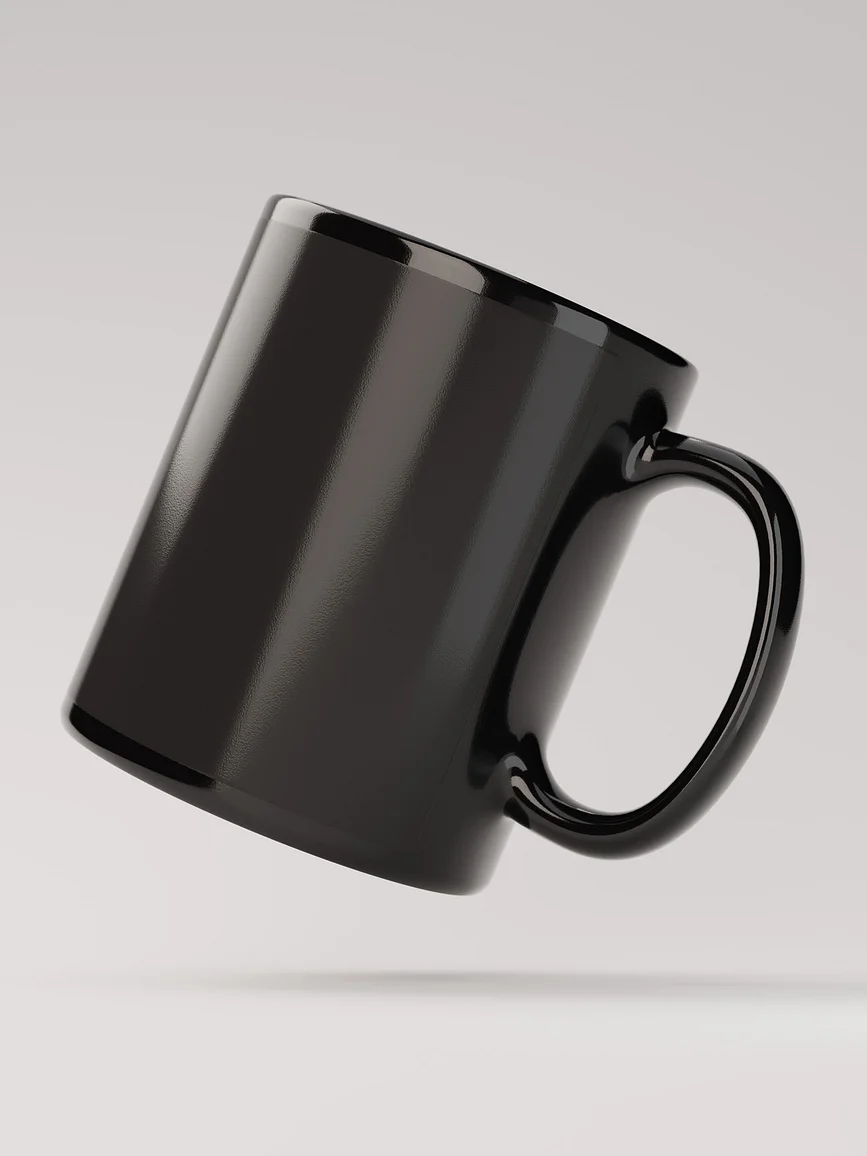How to Start Your Own Shoe Business in 2025
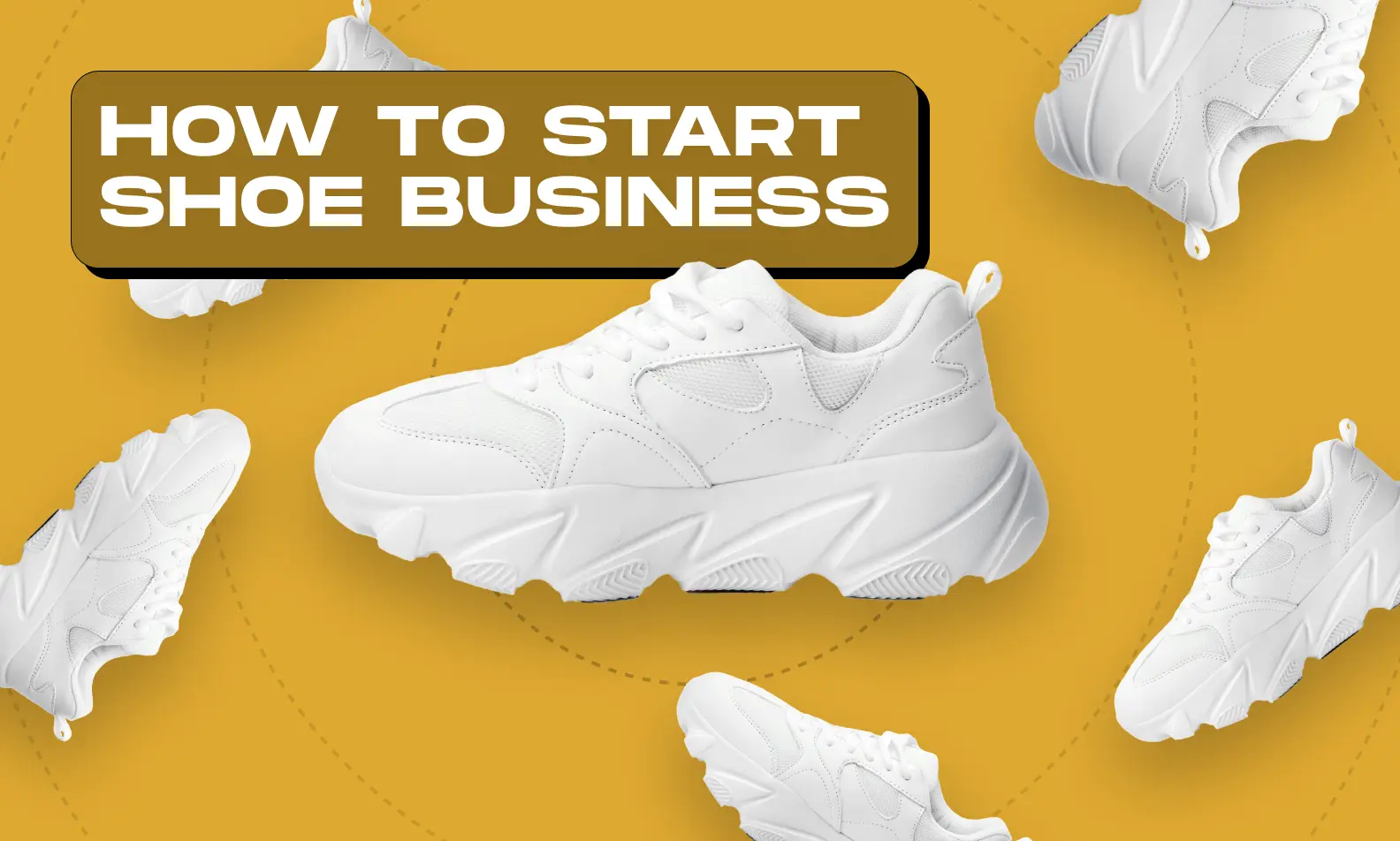
Shoes are a staple in everyone’s wardrobe, but how do you take that love for footwear and turn it into a thriving online business?
Whether you’re a content creator looking to expand your merch lineup or an entrepreneur with a passion for fashion, launching a shoe line is an exciting and profitable venture.
In this guide, we’ll walk you through the essential steps to build a standout shoe brand, from designing unique footwear to setting up your online store and marketing your creations to a global audience. Let’s lace up and get started!
Why Start Your Own Shoe Brand?

For content creators, designing and selling your own line of custom shoes offers an incredible opportunity to tap into the booming fashion industry and create a profitable revenue stream.
Shoes are a staple in everyday fashion, and with consumers constantly seeking unique designs that reflect their personal style, there's a growing demand for custom, high-quality footwear.
As a creator, you have the ability to leverage your existing audience to sell shoes that resonate with their specific tastes—whether it’s eco-friendly sneakers, luxury styles, or bold, streetwear-inspired designs.
With the rise of print-on-demand services and online storefronts, starting a shoe business has never been easier or more scalable. You can design, produce, and market shoes with minimal upfront costs, giving you the flexibility to experiment with different styles while growing your brand.
By creating your own shoe line, you not only provide your audience with exclusive products but also build a strong connection with your fans through personalized, wearable merchandise.
Costs of Starting a Shoe Business
Starting a shoe business requires a careful understanding of the initial investment. Here’s a breakdown of the costs involved:
- Design Software: If you plan to create your own custom shoe designs, investing in high-quality design software is essential. Tools like Adobe Illustrator or specialized 3D shoe design programs will allow you to bring your creative ideas to life with precision.
These programs may require a monthly subscription or one-time purchase fee, but they provide the flexibility and control needed to create professional-grade designs. Free design tools like Canva might also work for simpler shoe designs, depending on your needs. - Inventory and Materials: Depending on your chosen business model, you’ll either need to purchase raw materials or maintain an inventory. If you're producing shoes in-house, expect to invest in materials like fabric, leather, rubber soles, or eco-friendly alternatives.
Sourcing these materials in bulk may reduce costs, but you'll need to budget accordingly for quality. If you're working with a manufacturer, you'll need to account for the cost of the pre-produced inventory, which may vary depending on order quantities and customization requirements. - Production Equipment: If you're planning to manufacture shoes yourself, you'll need to invest in specialized production equipment. This could include leather cutting tools, stitching machines, sole molding machinery, and other essential footwear manufacturing tools.
The upfront investment can be significant, especially if you're aiming for high-quality, handcrafted shoes. However, producing your shoes in-house gives you control over the entire process, from material selection to quality control.
Business Models
- Manufacturing: Choosing to manufacture your shoes gives you complete control over design, materials, and quality, but it also requires a larger upfront investment. You'll need to secure the necessary machinery, materials, and skilled labor to produce your footwear.
Manufacturing your own shoes can lead to higher profit margins in the long run, but it also comes with greater risks, including managing inventory and production timelines. - Dropshipping: A more cost-effective business model for those looking to minimize upfront costs. With dropshipping, you don't need to hold any inventory—your supplier handles both production and shipping to customers.
While this model reduces risk and investment, you have less control over product quality and shipping times. However, it's a great option for testing different shoe designs without the financial burden of maintaining stock. - Print-on-Demand: Print-on-demand services, such as Fourthwall, allow you to create custom shoe designs without the need for upfront inventory costs. This model is ideal for new businesses as it eliminates the need to hold stock, and you only pay for the shoes that customers order.
Fourthwall handles everything from printing to shipping, making it a hassle-free solution for content creators looking to sell custom shoes online. The print-on-demand model is also highly scalable, allowing you to introduce new designs with minimal financial risk.
Don’t forget to factor in operational costs like shipping, storage, website development, and customer service. You’ll also need a budget for branding and marketing, such as creating a logo, running social media ads, or collaborating with influencers.
Types of Shoes to Customize and Sell
Offering custom shoes is a fantastic way to expand your product line and connect with your audience through unique, branded footwear. Here are some of the best types of shoes you can customize and sell online, including options from Fourthwall's product catalog:
Slip-On Shoes
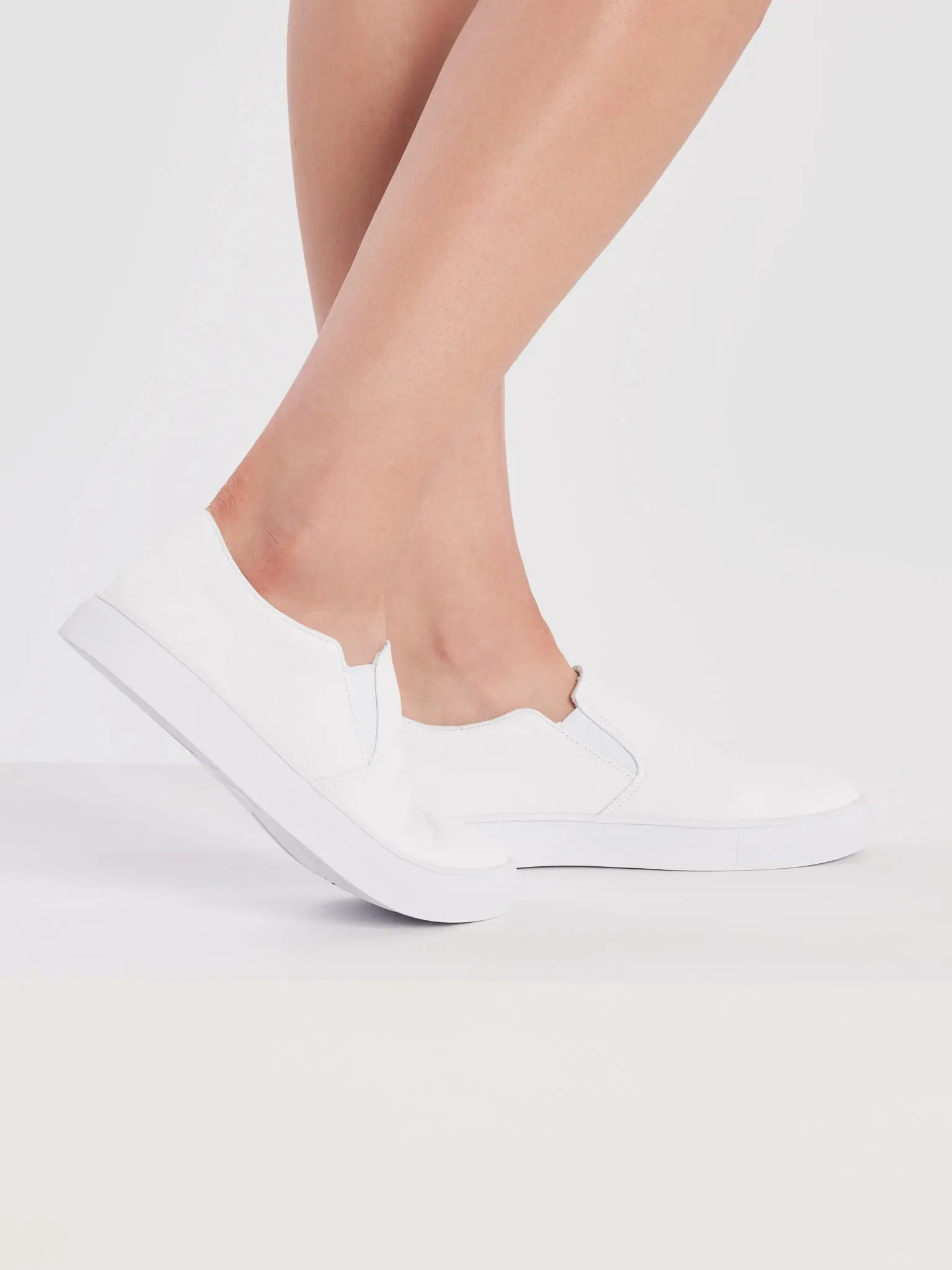
Slip-on shoes are easy-to-wear and perfect for those looking for both comfort and style. Fourthwall offers both Men's and Women's Slip-On Canvas Shoes that can be personalized on the inside label, tongue, and sides, making them a great addition to any merch lineup.
It's 100% polyester canvas upper is ideal for vibrant, all-over custom designs. And with removable soft insoles and rubber outsoles, these shoes offer practicality with customization.
Flip-Flops
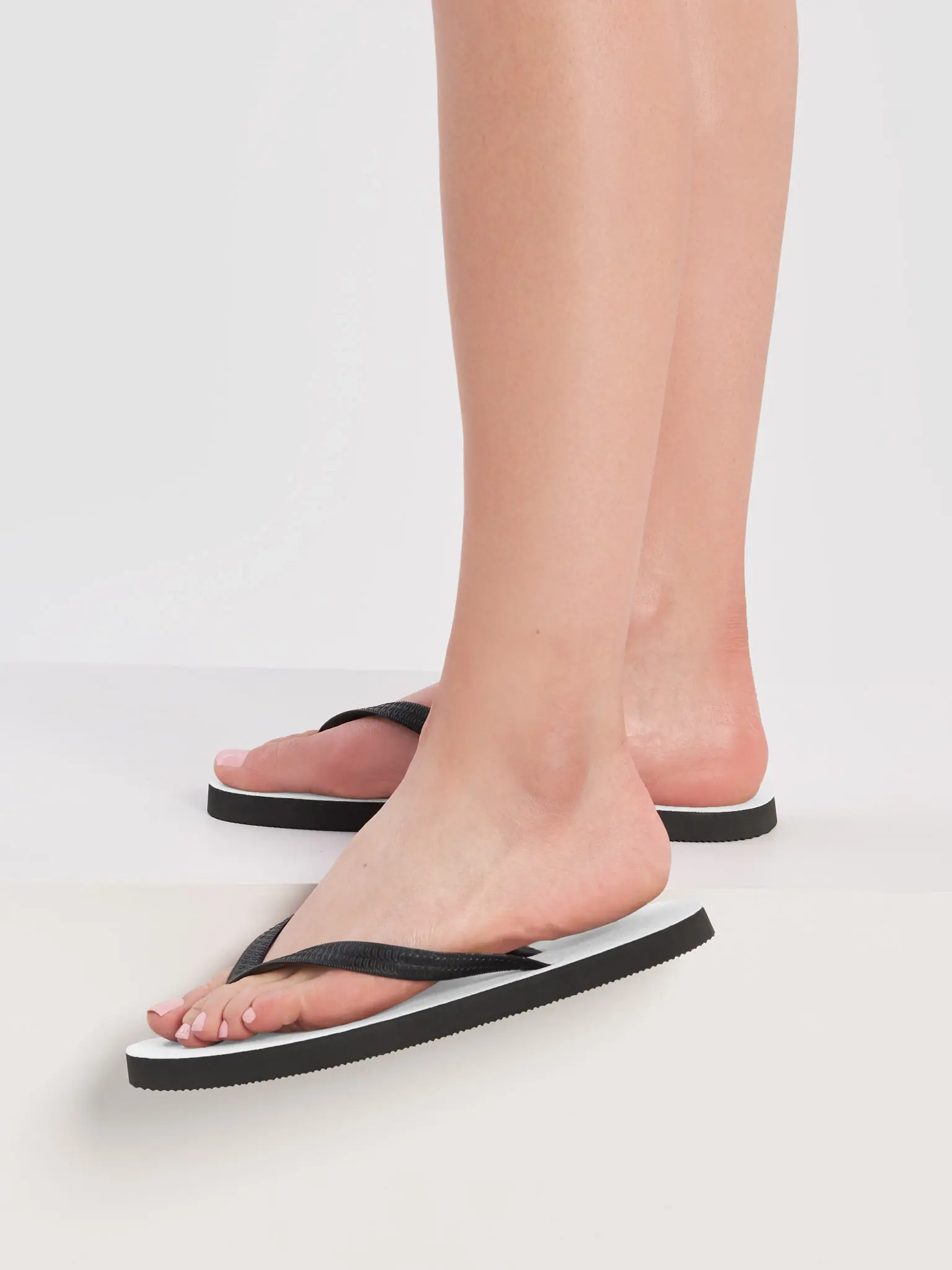
Flip-flops are a fantastic choice for custom footwear because they’re a summer staple, perfect for beach days, poolside lounging, or casual outings. Their simplicity makes them ideal for branding, and their lightweight, easy-to-wear design appeals to a wide audience.
Fourthwall's customizable Flip-Flops come with a durable rubber sole and a soft polyester fabric lining, offering both comfort and style. The black Y-shaped rubber straps complement the design, while the customizable fabric lining allows you to showcase your unique artwork or logo.
High Top Shoes
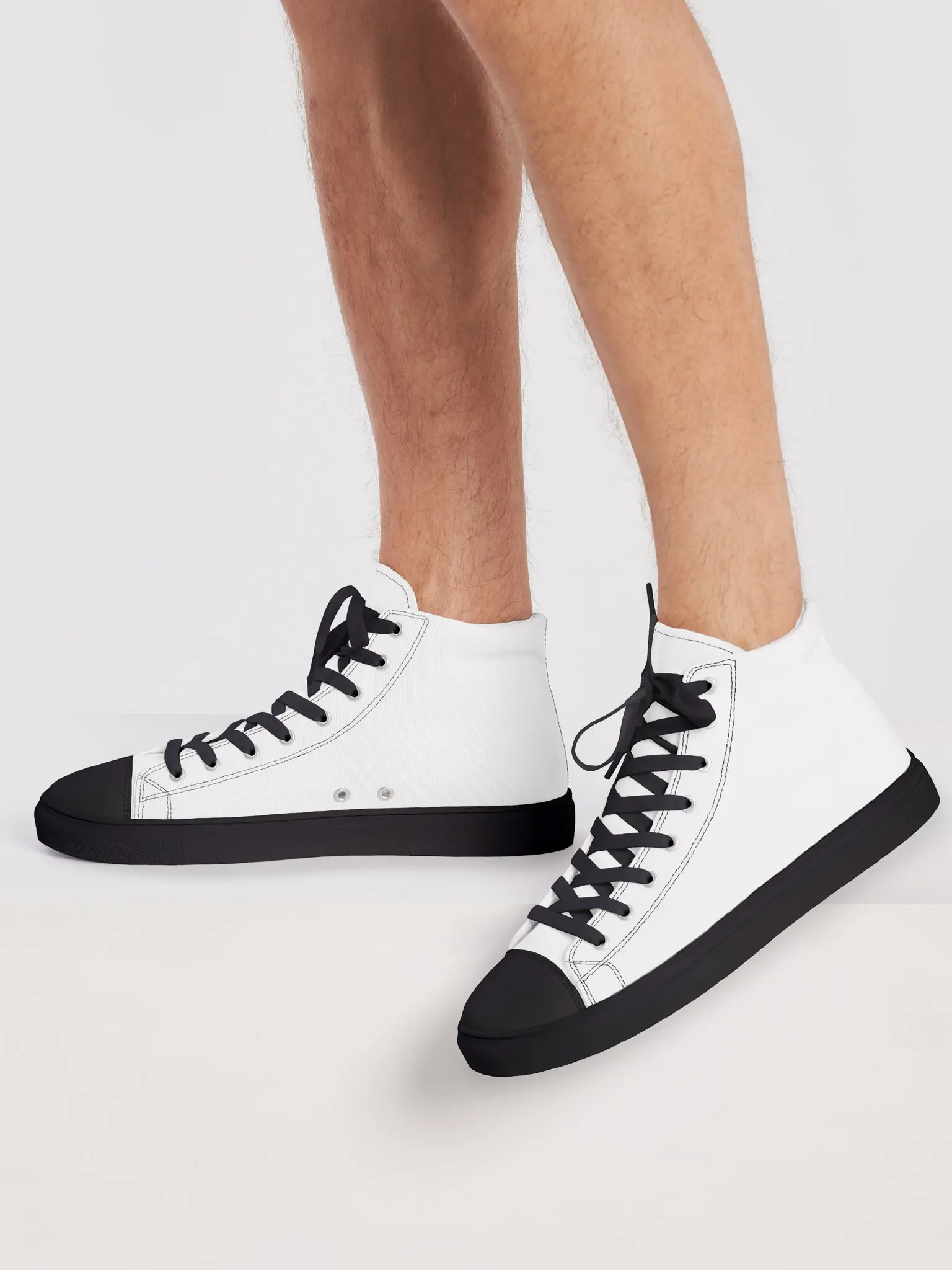
High Tops offer both a fashionable and functional appeal. Their iconic retro design is a favorite among fashion-conscious customers, making them perfect for brands looking to create a bold, standout product.
With their high-ankle coverage and unique silhouette, high tops are versatile and can be paired with various outfits, from casual streetwear to more adventurous styles. Fourthwall’s Men's and Women’s High Top Canvas Shoes take this classic look to the next level with customizable features, including the upper sides, tongue, and insole, allowing you to align them with your brand’s unique identity.
With a faux leather toe cap and padded collar for added comfort, these high tops are available in a variety of sizes and are perfect for customers who want to make a bold fashion statement while showcasing your creative designs.
Lace-Up Shoes
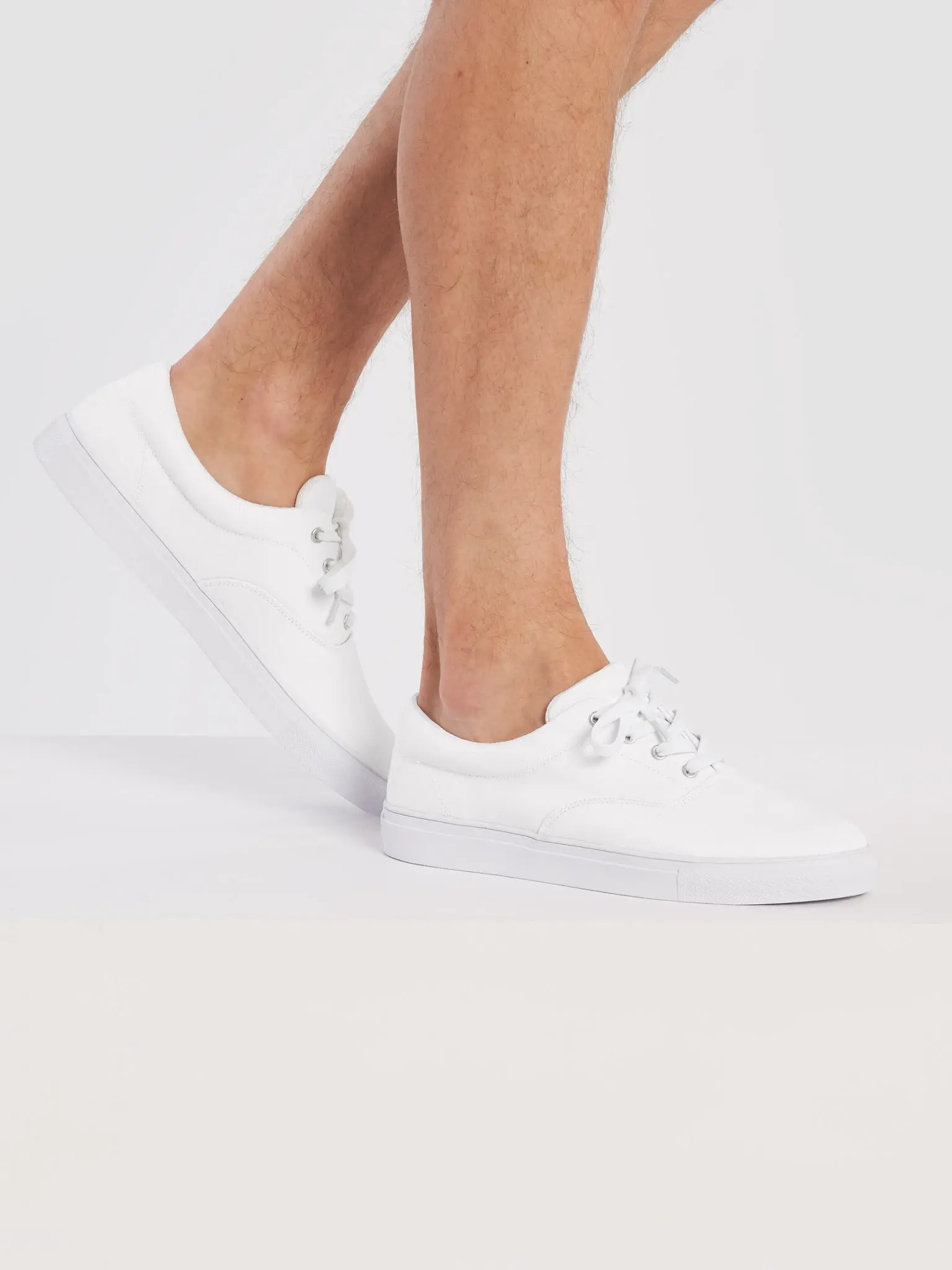
Lace-up shoes are a fantastic choice to customize and sell online because of their timeless appeal and versatility. They can be worn for any occasion, from casual outings to more polished looks, making them highly desirable for a wide audience.
Fourthwall’s Men's and Women's Lace-Up Canvas Shoes offer a classic silhouette with practical features like a padded collar, breathable lining, and white laces, ensuring both style and comfort for long wear. You can customize the shoe quarters and tongue to maximize your brand’s visibility and create a unique design that resonates with your audience.
Athletic Shoes
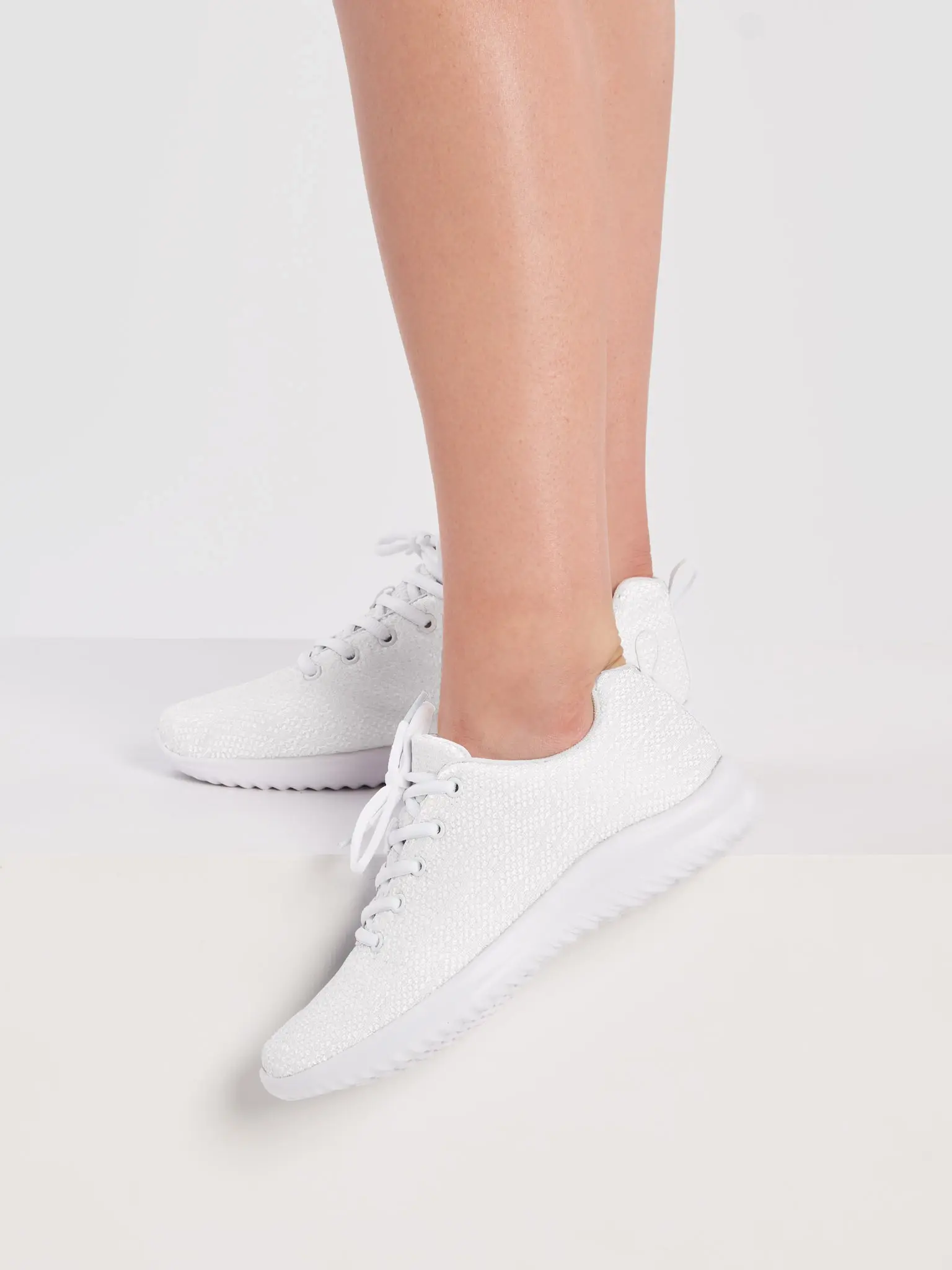
Ideal for hitting the gym, going for a run, or simply leading an active lifestyle, custom-designed athletic shoes allow them to showcase your brand while prioritizing comfort and performance.
Fourthwall’s Men’s and Women’s Athletic Shoes feature a breathable, ultralight flyknit design, with a lace-up front and padded collar for a secure, comfortable fit during workouts or daily activities.
With customizable options for the shoe label, left and right shoes, you can create a unique design that resonates with your brand’s identity. Available in various sizes, these shoes are a versatile and popular option that can appeal to a wide range of customers.
Slides
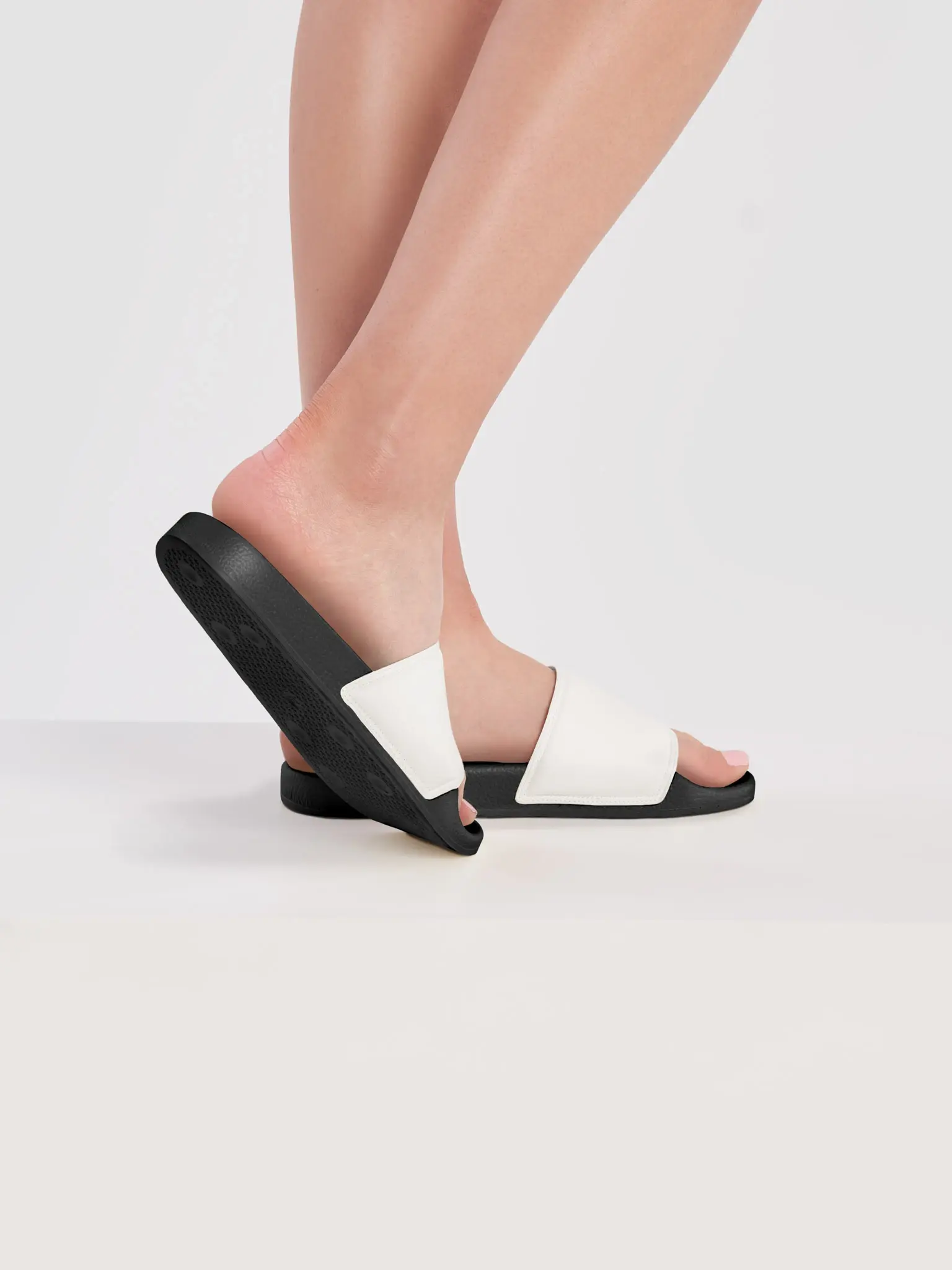
A casual favorite for summer and beachwear, slides are a popular go-to footwear for everyday lounging. Their simple yet stylish design makes them perfect for quick, easy wear, while also offering a broad surface for custom branding and unique artwork.
Fourthwall’s Men’s and Women's Slides feature a cushioned faux leather upper strap and a contoured footbed, providing comfort and support for all-day wear. The customizable strap offers ample space for showcasing your brand or design, making these slides both functional and stylish.
Available in sizes ranging from 5.5 to 12.5, they’re a great option for creators looking to offer relaxed, on-trend footwear with no minimum order requirements.
8 Steps to Start Your Shoe Business
Starting your own custom shoe business as a content creator involves several stages, from initial concept to launching and scaling your brand. Follow these eight steps to design, market, and sell your custom shoes as part of your merchandise line:
1. Research Your Market
Before launching your shoe company, conducting thorough market research is essential for setting your brand up for success. Start by identifying your target audience and understanding their footwear preferences.
Are they drawn to high-end fashion shoes, casual sneakers, or bold, one-of-a-kind designs? Knowing who your audience is—whether they're fashion-forward trendsetters, fitness enthusiasts, or streetwear aficionados—will help you create products that resonate with their specific tastes and lifestyles.
Next, analyze what other creators or businesses in your niche are offering. Look at their shoe styles, branding, and marketing strategies to understand the competition. Identify gaps in the market where your designs could stand out—perhaps there's a growing demand for limited-edition sneakers, or maybe other brands aren't offering customizable features that appeal to your audience.
Pricing strategies are another crucial element to consider during your market research. Explore how similar brands price their footwear and determine where your products fit within the market spectrum—will you offer affordable, everyday styles or premium, high-end designs?
Keep an eye on trends, such as the increasing demand for athleisure footwear or streetwear-inspired kicks, and align your product offerings with those trends to attract attention. Remember, understanding who your audience is and what they’re looking for will help you tailor your shoe designs to meet their needs and align with your brand.
2. Create a Business Plan
A detailed business plan will serve as your roadmap to success. Start by defining your brand’s mission—what makes your shoe line unique and how it aligns with your broader brand identity as a content creator.
Are you designing sustainable footwear for eco-conscious consumers, or perhaps bold, fashion-forward designs for a streetwear-loving audience? Understanding your niche and positioning your footwear within the market is key to standing out in a competitive industry.
Next, outline the financial aspects of your business. This includes your pricing strategy, startup costs (such as design software, manufacturing, or print-on-demand services), and your projected revenue goals. For content creators, it’s important to consider how your shoe line will integrate with your overall brand strategy.
Will you launch shoes as part of an exclusive merch collection for your audience, or perhaps offer limited-edition drops that reflect key moments in your content?
Setting clear, measurable objectives is another vital step. This could include sales targets, audience engagement metrics, or growth in social media following. Break these goals into short-term and long-term milestones, and develop a timeline for product development, marketing, and launches.
Tools like business planning templates or software can help streamline this process, ensuring that your strategy is organized and actionable. With a comprehensive business plan in place, you’ll be better equipped to manage your business, track progress, and make informed decisions that drive success.
3. Choose Your Shoe Style
Choosing the right shoe style is a crucial step in building a successful shoe business, especially in the crowded online market.
Whether you're designing streetwear-inspired sneakers, custom slides, or performance athletic shoes, selecting a niche that resonates with your audience allows you to connect with them on a deeper level. The right shoe style should not only appeal to your target demographic but also reflect your brand’s personality and values.
For example, if your followers are heavily into fitness and active lifestyles, creating high-performance athletic shoes with advanced cushioning and support could be the perfect niche.
You could design shoes specifically tailored for runners, gym-goers, or outdoor enthusiasts, offering features like shock-absorbing soles or breathable, lightweight materials. These performance-focused shoes will resonate with consumers who prioritize function and comfort while staying stylish during their workouts.
Your choice of shoe style should reflect the core identity of your brand. If your content is centered around an active community, designing footwear that enhances their fitness routines could build strong connections and loyalty among your audience.
Narrowing down your niche and aligning it with your brand identity will make your product offerings more relevant and appealing to your followers, helping you stand out from competitors.
4. Design Your Shoes
Designing your shoes is one of the most exciting parts of the process. Whether you’re drawing inspiration from your content or brand aesthetic, make sure your designs are unique and appealing to your followers.
Tools like Adobe Illustrator or Canva are invaluable for creators looking to bring their custom shoe designs to life. These platforms offer user-friendly features that allow you to visualize your ideas, experiment with different colors, patterns, and textures, and create mockups that align with your brand’s aesthetic.
Adobe Illustrator, for example, provides precise control over design elements, making it perfect for detailed and intricate work, while Canva’s intuitive drag-and-drop interface is ideal for those looking for a simpler, more accessible tool.
However, if you’re not design-savvy or want to take your shoe designs to the next level, collaborating with a freelance designer can be a smart move. A professional designer brings expertise and a fresh perspective, helping to refine your ideas and ensure your shoes stand out in a crowded market.
5. Source Materials or Manufacturer
Finding the right manufacturer for your custom shoes is one of the most important steps in launching a successful shoe business.
You'll need to look for manufacturers who not only produce high-quality footwear but also align with your brand's specific needs, such as design capabilities, materials, and production scale.
Start by researching manufacturers that specialize in the type of shoes you want to create—whether it's athletic shoes, casual sneakers, or eco-friendly footwear. Look for companies that offer flexible production options, like low minimum order quantities or print-on-demand services, which can help you manage costs as you grow your business.
Reach out to potential manufacturers to ask about their production processes, material sourcing, customization options, and lead times. It’s important to ensure they can consistently deliver the quality your brand requires.
If sustainability is a priority, search for manufacturers that offer eco-friendly materials like recycled fabrics or organic cotton. Additionally, be sure to check reviews or request samples to verify their craftsmanship before committing.
6. Set Up Your Online Store
Building a functional and visually appealing e-commerce store is essential to selling your custom shoes online, and platforms like Fourthwall make this process incredibly easy.
From production to shipping, Fourthwall's print-on-demand services ensure that your shoes are made and delivered without you having to manage inventory or logistics. This allows you to focus more on designing and marketing your shoe line.
One of the standout features of Fourthwall is its ability to let you fully customize your storefront to reflect your brand’s unique identity. You can design everything from the layout to the URL and logo, creating an immersive shopping experience that aligns with your content and audience.
Additionally, Fourthwall integrates seamlessly with your social media platforms like Instagram, TikTok, and YouTube, allowing fans to shop directly from your content. This is especially valuable for content creators, as it streamlines the purchasing process for your followers.
7. Market Your Shoe Business
Marketing is crucial to creating buzz and driving sales for your custom shoe line. As a content creator, you already have an engaged audience, making it easier to leverage platforms like Instagram, YouTube, and TikTok to promote your products.
Start by showcasing your designs through dynamic and engaging content—unboxing videos, product demos, and behind-the-scenes footage of your design process can give your audience a personal connection to your shoe brand.
Share how you developed your ideas, why certain designs matter to you, and what makes your shoes unique. This storytelling element builds authenticity and helps strengthen the relationship with your followers.
Utilizing paid ads on platforms like Instagram, TikTok, or Google can help you reach a wider audience, targeting potential customers based on their interests, behaviors, and shopping habits.
Be sure to craft eye-catching ad creatives that highlight the unique features of your shoes. Additionally, email marketing is a valuable tool to keep your existing followers engaged and informed.
Remember, having a well-rounded marketing strategy that includes organic social media content, influencer partnerships, paid advertising, and email campaigns will help build momentum for your shoe line and turn your followers into customers.
8. Launch and Scale
When launching your shoe business, creating excitement around your brand is key to driving initial sales and building momentum for long-term success.
Generate buzz through strategies like hosting giveaways, offering special launch-day discounts, or running a pre-launch campaign that builds anticipation.
Collaborate with influencers who align with your brand to introduce your shoe line to a broader audience. Influencers can promote your launch through unboxings, reviews, or wearing your shoes in their content, giving your new business immediate credibility and exposure.
A well-executed launch not only generates immediate sales but also lays the foundation for brand loyalty and long-term growth. As your business grows, scaling can involve expanding your product line to include different styles of shoes, such as high-tops, slides, or eco-friendly options, to attract a more diverse customer base.
Offering limited-edition releases can also create a sense of exclusivity and urgency, encouraging repeat purchases from loyal customers. To continue scaling, consider exploring new markets by designing shoes that appeal to specific demographics, such as sports enthusiasts, sustainable fashion advocates, or niche communities that align with your content.
By continuously evolving your product offerings and exploring new opportunities, you can grow your shoe business into a thriving venture while keeping your audience excited and invested in your brand.
Start Your Shoe Business with Fourthwall!
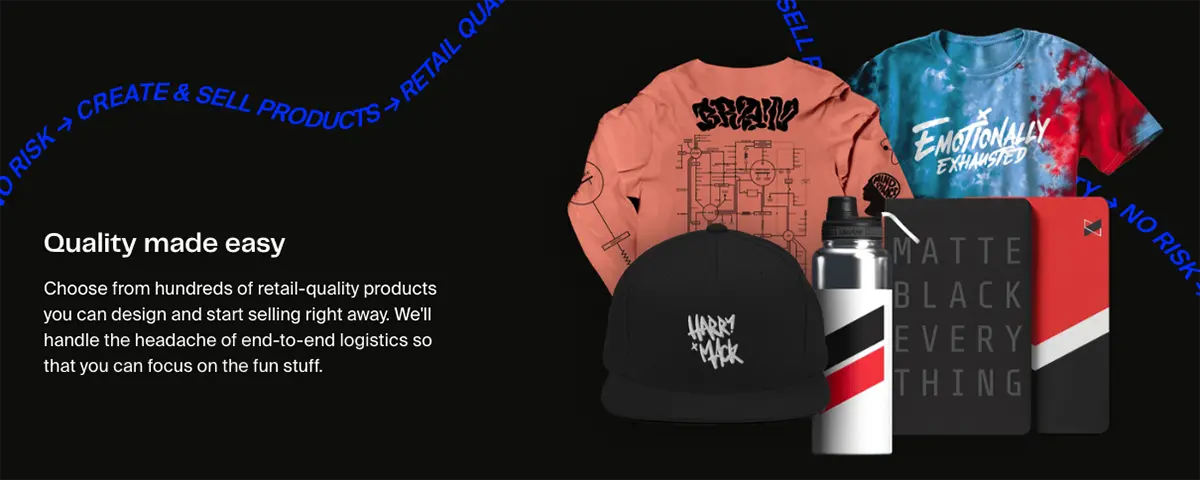
Fourthwall is the ultimate print-on-demand platform for creators looking to launch their own custom shoe line without the hassle of inventory or complicated logistics. With Fourthwall, you can design and sell unique shoes without needing in-house production—simply upload your custom designs, and Fourthwall handles everything from printing to fulfillment and shipping.
Here’s why Fourthwall is perfect for your shoe business:
- Customizable Storefront: Build a fully branded online store that reflects your style and brand identity. You can customize everything from your store’s layout to the URL, ensuring a seamless experience for your customers.
- Effortless Order Fulfillment: Focus on creating eye-catching designs while Fourthwall takes care of the entire order process, from production to shipping, so you don’t need to worry about managing stock or fulfillment logistics.
- Seamless Social Integration: Connect your store directly to platforms like Instagram, TikTok, and YouTube, allowing your followers to easily purchase your custom shoes through shoppable content that aligns with your brand.
- No Upfront Costs: With Fourthwall’s print-on-demand model, there are no inventory or large startup investments required, making it a low-risk, high-reward opportunity to launch your custom shoe line.
Ready to step into the footwear industry? Sign up with Fourthwall today and start turning your shoe designs into a profitable business!
Frequently Asked Questions
How Can I Start My Own Shoe Business?
To start your own shoe business, begin by conducting thorough market research to identify your target audience and niche—whether it’s high-fashion footwear, athletic shoes, or casual streetwear. Use this research to create a detailed business plan that outlines your goals, budget, pricing strategy, and marketing approach.
Once you’ve defined your business model, the next step is designing your shoe line, either by creating the designs yourself or working with a professional designer. You can then decide whether to manufacture the shoes in-house or partner with a supplier or print-on-demand service like Fourthwall, which allows you to create custom designs without managing inventory or production.
Is It Profitable to Sell Shoes Online?
Yes, selling shoes online can be highly profitable, particularly when you focus on a specific niche and employ targeted marketing strategies. With lower overhead costs compared to brick-and-mortar stores, online businesses have the advantage of reaching a wide, global audience with relatively minimal expenses.
By identifying a niche—such as eco-friendly footwear, limited-edition designs, or custom streetwear—you can cater to a specific customer base, which increases your brand’s appeal. Platforms like Shopify and print-on-demand services like Fourthwall make it easy to set up an online store, manage orders, and eliminate the need for upfront inventory, further reducing costs while allowing you to scale your business efficiently.
With the right approach to branding and digital marketing, including social media promotion and influencer partnerships, you can drive sales and create a sustainable, profitable shoe business online.
How Can I Open a Shoe Store?
Opening a shoe store, whether physical or online, requires careful planning and execution. For a physical retail space, the first step is to secure a suitable location with high foot traffic and enough space to display your inventory. You'll need to source inventory from manufacturers or wholesalers, ensuring that you have a wide range of styles and sizes to meet customer demand.
For an online shoe store, platforms like Shopify or Fourthwall make it easy to showcase your products, manage inventory, and accept payments. With an online store, digital marketing strategies like social media ads, influencer partnerships, and SEO become crucial for attracting customers and growing your brand.
How Much Profit Does a Shoe Shop Make?
The profit a shoe shop makes depends on several key factors, such as manufacturing costs, pricing strategies, and overall sales volume. Typically, shoe businesses can expect profit margins ranging between 20% and 50%, but this can fluctuate based on the niche and operational efficiency.
For example, high-end designer shoes or custom, limited-edition footwear often have higher profit margins due to their premium pricing, whereas mass-produced, lower-cost shoes may have slimmer margins but rely on higher sales volumes.
Effective cost management, such as optimizing production costs or leveraging print-on-demand services like Fourthwall to avoid inventory costs, can significantly boost profitability. Additionally, implementing smart pricing strategies and maintaining strong marketing efforts to drive sales can further enhance a shoe shop’s overall profits.

